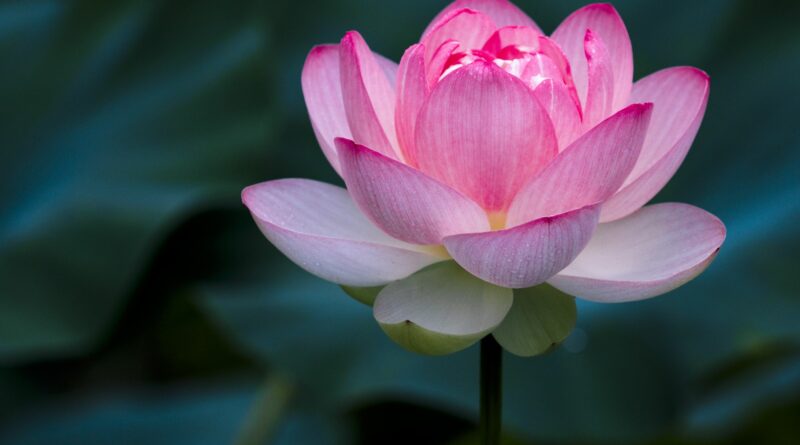GLOSSARY
Glossary
Ajaan (Pali: ācariya): Teacher; mentor.
Appanā samādhi: Fixed penetration, the strongest level of concentration.
Arahang (Pali: arahaṁ): Worthy; pure. An epithet for the Buddha.
Brahmā: Literally, a “great one.” A deva inhabiting one of the highest celestial realms. The Brahma attitudes are four qualities of mind that enable one to become a brahmā after death: goodwill, compassion, empathetic joy, and equanimity.
Buddho: Awake; enlightened. An epithet for the Buddha.
Deva: Literally, a “shining one.” A terrestrial spirit or an inhabitant of one of the many heavens.
Dhamma (dharma): Event; phenomenon; the way things are in and of themselves; their inherent qualities; the basic principles underlying their behavior. Also, principles of behavior that human beings ought to follow so as to fit in with the right natural order of things; qualities of mind they should develop so as to realize the inherent quality of the mind in and of itself. By extension, “Dhamma” is used also to denote any doctrine that teaches such things. Thus the Dhamma of the Buddha denotes both his teachings and the direct experience of nibbāna, the quality at which those teachings are aimed.
Dhutaṅga: Ascetic practice. Optional observances that monks may undertake to cut away mental defilement and attachment to the requisites of life. There are thirteen altogether, and they include the practice of wearing robes made from thrown-away cloth, the practice of using only one set of three robes, the practice of going for alms, the practice of not by-passing any donors on one’s alms path, the practice of eating no more than one meal a day, the practice of eating from one’s alms bowl, the practice of not accepting food after one has eaten one’s fill, the practice of living in the wilderness, the practice of living at the foot of a tree, the practice of living under the open sky, the practice of living in a cemetery, the practice of living in whatever place is assigned to one, and the practice of not lying down.
Jātaka: A story, often mythical, of one of the Buddha’s previous lives.
Jhāna: Meditative absorption in a single object, notion or sensation.
Kamma (karma): Intentional act resulting in states of being and birth.
Khandha: Heap; group; aggregate. Physical and mental components of the personality and of sensory experience in general, out of which one’s sense of self is fabricated. Altogether there are five: form—physical phenomena; feelings of pleasure, pain, or neither pleasure nor pain; perception—mental labels and concepts; fabrications—thought-constructs; and consciousness of the six senses.
Luang Phaw: Venerable father. A term of respect for an older monk.
Luang Pu: Venerable paternal grandfather. A term of great respect for an elder monk.
Luang Taa: Venerable maternal grandfather. A term connoting more affection than respected, usually—but not always—used for monks ordained late in life.
Magga: Path. Specifically, the path to the cessation of suffering and stress. The four transcendent paths—or rather, one path with four levels of refinement—are the path to stream entry (entering the stream to nibbāna, which ensures that one will be reborn at most only seven more times), the path to once-returning, the path to non-returning, and the path to arahantship.
Nibbāna (nirvāṇa): Liberation; the unbinding of the mind from greed, anger, and delusion, from physical sensations and mental acts. As the term is used to refer also to the extinguishing of a fire, it carries connotations of stilling, cooling, and peace. (According to the physics taught at the time of the Buddha, the property of fire exists in a latent state to a greater or lesser degree in all objects. When activated, it seizes and sticks to its fuel. As long as it remains latent or is extinguished, it is “unbound.”)
Paṭicca-samuppāda: Dependent co-arising, an analysis of the mental and physical factors that combine to produce suffering.
Pāṭimokkha: The code of the monks’ 227 basic precepts, chanted fortnightly.
Phala: Fruition. Specifically, the fruition of any of the four transcendent paths (see magga).
Phra: Venerable. The common title for a monk.
Sambojjhaṅga: Factor for awakening. There are seven in all: mindfulness, analysis of mental qualities, persistence, rapture, serenity, concentration, and equanimity.
Saṅgha: The community of the Buddha’s disciples. On the conventional level, this refers to the Buddhist monkhood. On the ideal level, it refers to those of the Buddha’s followers, whether lay or ordained, who have attained at least the first of the transcendent paths (see magga) culminating in nibbāna.
Saṅghadāna: A donation dedicated to the entire community of monks, rather than to a specific individual.
Sati: Mindfulness.
Sutta (sūtra): Discourse.
Vinaya: The monastic discipline. The Buddha’s term for his teaching was, “this Dhamma-Vinaya.”
Vipassanā: Insight.
Wat: Monastery; temple.
Yakkha: A fierce spirit, usually associated with trees, mountains, or caves.



